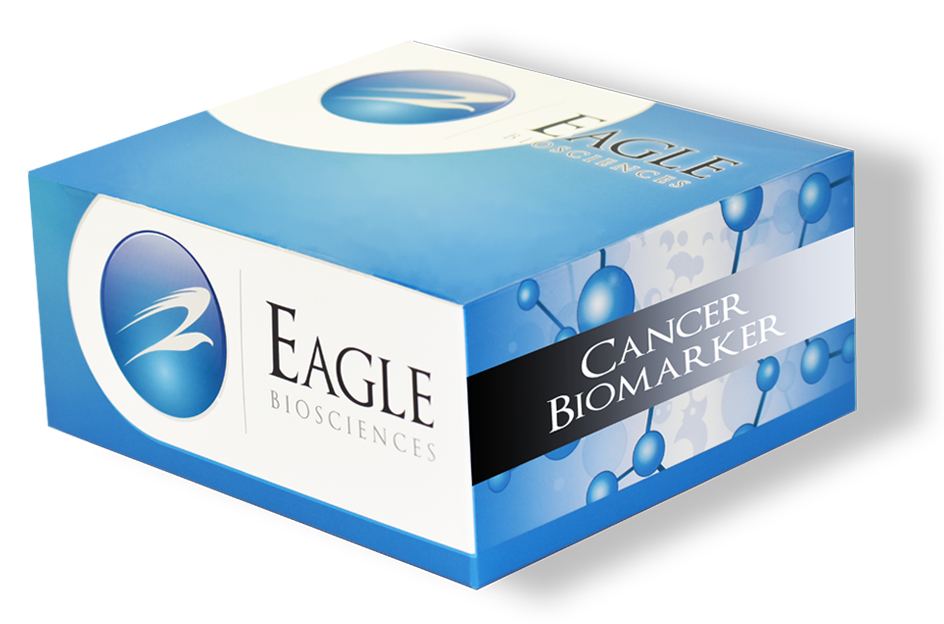Mouse Autotaxin ELISA Assay Kit
The Mouse Autotaxin ELISA Assay Kit is For Research Use Only
Size: 1×96 wells
Sensitivity: 6.5pg/mL
Standard Range: 31.25pg/mL-2000pg/mL
Incubation Time: 2 hours 35 minutes
Sample Type: Serum and plasma
Sample Size: 100 µl
Alternative Names: ENPP-2
Assay Principle
The Mouse Autotaxin assay is a quantitative sandwich ELISA.The micro-plate is pre-coated with a rabbit polyclonal antibody against mouse autotaxin. Standards and samples are pipetted into the wells and any mouse autotaxin present is bound by the immobilized antibody. After washing away any unbound substances, a biotin labelled polyclonal antibody specific for mouse autotaxin is added to the wells. After wash step to remove any unbound reagents, streptavidin-HRP conjugate (STP-HRP) is added. After the last wash step, an HRP substrate solution is added and color develops in proportion to the amount of mouse autotaxin bound initially. The assay is stopped and the optical density of the wells determined using a microplate reader. Since the increases in absorbance are directly proportional to the amount of captured mouse autotaxin, the unknown sample concentration can be interpolated from a reference curve included in each assay
Related Products
AFP ELISA Assay Kit
Rat TNF-Alpha ELISA Assay Kit
Mouse Neprilysin ELISA Assay Kit


